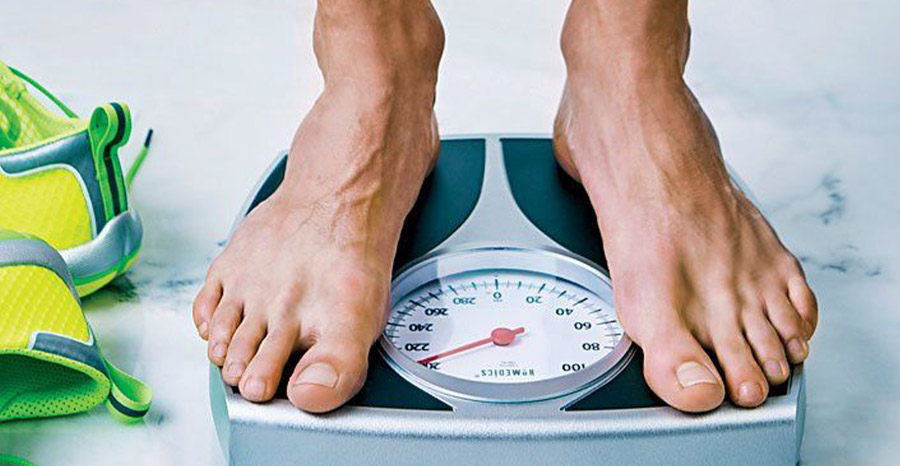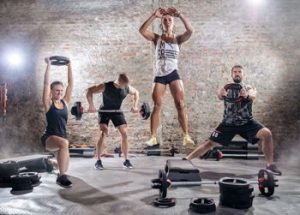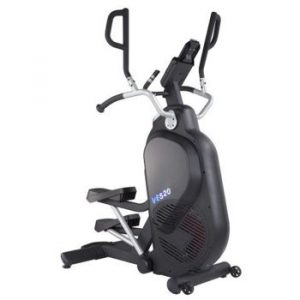
Losing Fat vs. Losing Weight
Losing weight is bad.
What!? Of course losing weight isn’t bad. It’s what the majority of us are struggling to do. Well…yes and no. What we’re really working towards is losing fat. Here’s why losing weight is bad, and it’s the reason that diets don’t work.
Let’s say you go on a diet and exercise program and you lose 5 kilos. Good, right? Well, maybe. It depends upon what you lost. In most cases, people don’t get enough proteins when they are on a diet. This is bad because it means that at least some of the weight lost was muscle, and our skeletal muscle mass is the single biggest factor in determining our Basal Metabolic Rate, or BMR. If we lose muscle, our BMR drops so that when we go off the diet and return to ‘eating normally’ we gain fat more easily because we’re not burning as many calories as we did before the diet.
A Real Life Example

Let’s say a 65 kilo woman diets and loses 5 kilos. Her pre-diet BMR was 1700 calories per day, but of those 5 kilos, 3 were muscle, so her post-diet BMR is 1650 calories per day. She returns to eating the same 1800 calories per day that made her overweight in the first place. She’s now got a surplus, not of just the 100 calories a day she had before the diet, but now of 150 calories per day. As there are 7700 calories in one kilo of body fat, she would have gained one kilo of fat every 77 days before the diet, but now she’ll gain that same kilo of fat in just 51 days.
Exercising to Lose Fat, Not Muscle
So how do we avoid this, and how can we exercise to lose fat at any time of the day? First, don’t diet. Ever. I can’t stress this enough. Temporary diets don’t work. In fact, they are unhealthy and will almost always backfire on you in some way. What is required for permanent fat loss is a permanent change in your dietary and exercise habits.
Why We Lose Muscle
Let’s take a look at the biological reasons why most of us lose muscle on a diet, so we can understand how to avoid that. There are 7 essential amino acids. They are called ‘essential’ because our body can’t make them and can’t store them. If we’re not getting these amino acids in our diet, then our body will tear apart our own muscle tissue to get them. I’m not going to go in to a lot of detail about where to get these amino acids in your diet as it will be different for everybody depending on how you eat, and because the point of this article is to talk about how to lose fat through exercise at any time of day (hang in there – I’ll get to it soon). It’s easier for meat eaters to get the proteins they need, but even vegans can get these proteins in their diet if they are careful. As a general rule, your body needs proteins every four waking hours. As long as your digestive system has a supply of essential amino acids, weight lost will be fat rather than muscle. This is extremely important to understand and practice.

A Disaster for Your Body
Losing muscle mass is a disaster for your body. It not only makes you weaker, but with less muscle mass you can’t train as hard, your body becomes less resilient, and your BMR drops making you more susceptible to gaining unhealthy fat. At all costs, you must preserve or even increase your muscle mass if you want to be successful long-term at controlling your weight.
The Optimum Fat Burning Method
In my last article, I covered the optimum method for burning fat. It’s vital to understand that the last meal of the day in that method must contain proteins, or you’ll end up losing muscle. While the ‘work out at the end of the day, after your last meal’ method will burn fat faster than any other method, perhaps that method just won’t work for you. You may not have the energy at that time of day, or your schedule just won’t allow it. Fortunately, while not quite as effective, it’s possible to speed fat loss through exercise at any time of day, if you do it right.
Our Body Burns Fat Last!
Remember that our body has 3 sources of fuel: free sugar, glycogen, and fat, and that it burns the easiest ones first, leaving significant fat burning as a last resort. In reality, though, our body burns all three at the same time, just in different ratios. During high intensity exercise your body needs rocket fuel. This means sugar, either from free sugars or glycogen. During low intensity exercise, your body can afford to get a higher proportion of its energy from stored fats. How much is a function of the type of exercise, the food in your digestive tract, and genetics.
So how do we use this knowledge to work out at any time of day to effectively lose fat and preserve the muscle?

Low intensity, long-duration exercise is the key.
Remember that the lower the intensity of the exercise, the higher the ratio of fat burned. This is partly why endurance athletes are so lean. Long distance anything will burn a lot of fat, and, if you have the right proteins in your system, will do so without breaking down muscle tissue.
Long duration exercise that maintains a heart rate around 60% of your max is the best. Running, cycling, swimming, and elliptical trainers are all good methods. You should train for as long as your schedule allows, within reason. The longer you exercise at this low intensity level, the more fat you’ll burn. 20 minutes per day is a bare minimum to achieve any kind of fat loss, and an hour is optimal.
The SPORTOP VE520 VERTICAL ELLIPTICAL trainer, available from Dynamo Fitness.
Will Dove
Latest posts by Will Dove (see all)
- Body Weight Training 2.0: Calisthenics - 22 Apr
- All About Protein Powders - 9 Apr
- Top 5 Fitness Trends for 2019 That You Should Try - 30 Mar
